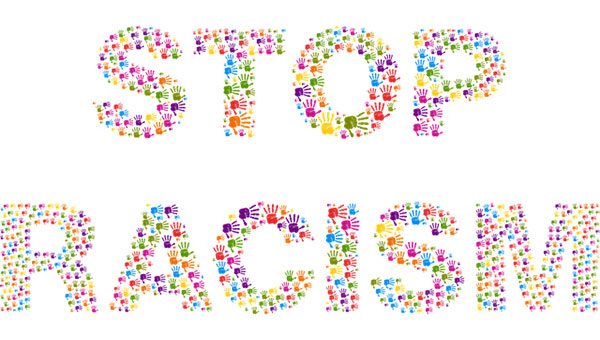 A bold debate called white privilege is growing day by day at Canadian universities. It’s also showing up in neighbourhood schools.
A bold debate called white privilege is growing day by day at Canadian universities. It’s also showing up in neighbourhood schools.
It’s sometimes a fierce topic and, more than occasionally, white privilege speeches have not been moderate. For example in March 2018, Trent University hosted a speech event entitled “It’s OK to be against whiteness.” In April 2018, a conference in Michigan offered a workshop entitled “How whiteness kills.” And in May 2018, Ryerson University plans to host a conference to discuss “White privilege and oppression in Canada.” Add to this the inhuman whiteness remark by Quebec activist Nora Loreto about the Humboldt hockey tragedy.
These are just a few examples of white-privilege events that often, among other things, have strong-worded criticisms about white history, white society and the white people that appear connected. Although some people may be surprised by these debates, it’s now the stuff of everyday conversation at some university faculties.
Compared to past academic debates that praised or vilified socialists or conservatives, this new debate is very different. It’s different because it attaches a colour of skin to its target. That difference raises serious questions. One of the biggest questions is whether some of these speeches and posters represent hate speech against white people.
White privilege or simply elite posturing? by Gerry Bowler
Depending on where you live in Canada, there are at least three sources for the rules on hate speech. The Criminal Code is foremost. Section 319 outlines a criminal offence if someone wilfully promotes or incites “hatred against any identifiable group.” Alberta school teacher Jim Keegstra was convicted of this offence for his aberrant classroom instruction about Jews.
Secondly, most provinces have a human rights code and that code may also prohibit hate speech. For example, Alberta’s Human Rights Act forbids any public display or statement that “is likely to expose a person or a class of persons to hatred or contempt.” Bill Whatcott was found to be an offender in Saskatchewan for distributing his disagreeable anti-gay brochures.
Thirdly, because many of these lectures and posters are in schools and universities, the individual institution’s code of conduct comes into play. Those codes typically cast a much wider net. For example, the code of conduct at the University of Regina obliges its faculty to value and support diversity of race, to respect the dignity of others who are different, and to communicate in a fair and constructive manner. Similarly, the Ontario School Board Code of Conduct obliges everyone in the school community to “respect and treat others fairly” regardless of race or colour.
In schools particularly, the white privilege debate walks on a razor’s edge because any statement or poster must adhere to three separate rule books on hate speech.
It goes without saying, of course, that the hate speech rules apply to all people and to all debates, far and wide. No person or argument can claim to be exempt from the hate speech rules, least of all any white privilege debaters.
Perhaps more importantly, it’s the prerogative of students, parents and others to hold any questionable statements up against the applicable hate speech rules. Without any apology, students, parents and others have a right to complain, and seek a remedy if any hate speech rules are broken.
Since the Second World War, civilized countries have placed well-considered limits on speech, particularly on speech that attempts to stir up animosity against a particular race or colour.
It’s difficult to predict where the white privilege debate will go in the coming years but it may involve a collision with our society’s most basic rules.
Gerald Heinrichs is a lawyer in Regina.
Gerald is a Troy Media Thought Leader. Why aren’t you?
The views, opinions and positions expressed by columnists and contributors are the author’s alone. They do not inherently or expressly reflect the views, opinions and/or positions of our publication.

